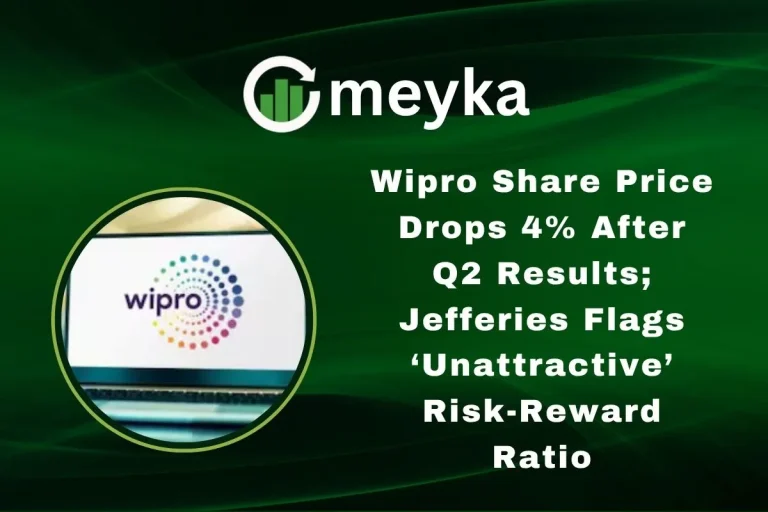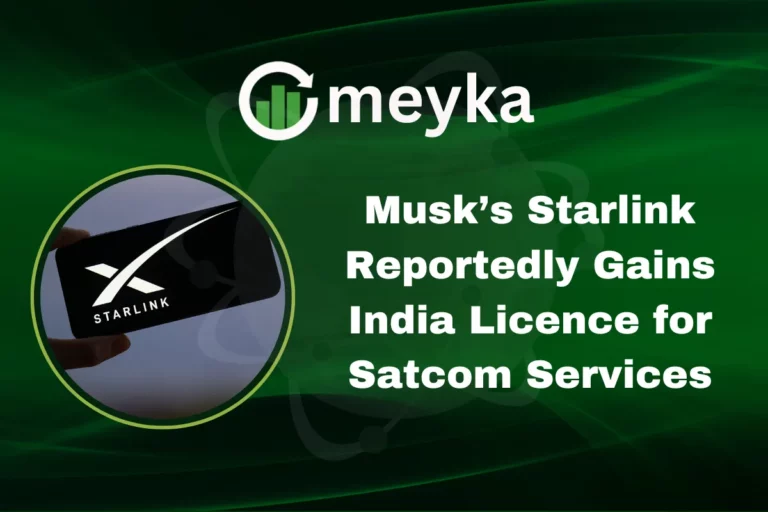Successful Rocket Launch by SpaceX Powers Indonesian Satellite Deployment
A Rocket Launch by SpaceX on Thursday night carried Indonesia’s Nusantara Lima communications satellite into space, a mission meant to expand high-speed internet across the archipelago. After several weather-related scrubs, a Falcon 9 booster fired from Cape Canaveral and delivered the satellite toward geostationary transfer orbit.
The launch highlights SpaceX’s cadence with reusable rockets and Indonesia’s push to close digital gaps across its many islands.
Rocket Launch: A Clear Night at Cape Canaveral
The rocket lifted off from Space Launch Complex 40 at Cape Canaveral during a late evening window. Teams had postponed the attempt multiple times because of unfavorable weather before committing to the night launch that ultimately succeeded.
Observers captured the liftoff live, and SpaceX’s webcast showed a textbook Falcon 9 ascent followed by stage separation and a clean upper-stage burn.
Why was this Rocket Launch delayed? Unfavorable weather at the pad forced scrubs across three days. SpaceX prioritized safety and range constraints before setting a new night target.
Rocket Launch: Booster performance and recovery
The Falcon 9 first stage completed a controlled reentry and landed on SpaceX’s drone ship in the Atlantic. The recovered booster has flown many times before, underscoring SpaceX’s reusable rocket strategy that lowers launch cost and speeds mission tempo. Footage of the booster’s landing and drone-ship recovery circulated on social feeds and in video replays.
Why This Rocket Launch Matters for Indonesia
The Nusantara Lima satellite serves Indonesia’s need for high-throughput communications, helping connect remote islands and improve disaster resilience. Built to operate in geostationary orbit, the craft carries multiple Ka-band spot beams and modern payload capacity meant to deliver broadband, voice, and data services across the nation.
The satellite’s entry into service is expected to bolster national telecom infrastructure and expand internet access for underserved regions.
How does this Rocket Launch help Indonesia? By placing Nusantara Lima into orbit, Jakarta gains more local bandwidth and redundancy for telecom services, helping schools, hospitals, and rural communities gain stable internet.
Challenges Before the Successful Rocket Launch
This Rocket Launch was not automatic. Weather forecasts pushed teams to scrub and reschedule, and ground crews worked late to reconfigure the pad and confirm readiness for the night window.
These operational checks ensure the safety of crewed or sensitive payload schedules elsewhere and protect launch hardware. The repeated delays also tested public patience but did not diminish market or national enthusiasm when the mission succeeded.
What role did weather play? Rain and high winds at Cape Canaveral violated launch commit criteria, forcing several hold points until conditions cleared for a safe night liftoff.
Expert and Social Media Reactions to the Rocket Launch
Space analysts praised the mission as another demonstration of Falcon 9 reliability and the economics of reusability. Indonesian officials and the satellite operator highlighted the importance of local capacity for national communications.
Photographers and flight-watchers posted vivid launch photos and landing clips on X, with pro photographers sharing high-resolution shots that captured the rocket’s plume and the booster’s return.
What did social media show? Photographers like John Pisani and accounts tracking launches shared launch-day images and the recovery sequence, offering a near-real-time record of the mission’s visual highlights.
Embedded perspectives and video evidence
The night launch and booster recovery were documented in live broadcasts and recorded videos. Video replays show stage separation, fairing jettison, and the moment the satellite separated from the upper stage, a clear visual record that supports official statements about mission success. (See live feeds and recorded coverage on the mission’s YouTube streams.)
Rocket Launch: The Satellite and Its Capabilities
Nusantara Lima (often called N5) is a high-throughput satellite developed to operate at an orbital slot over Indonesia. The payload supports dozens of spot beams to deliver targeted bandwidth and is expected to improve services for both urban centers and isolated islands.
With expected service start in the months after launch, the satellite will complement earlier Indonesian spacecraft and add resilience and capacity to the national network.
How long will the satellite serve? The typical operational life for such satellites is 15 years or more, depending on fuel usage and system health once on station.
The Future of Rocket Launch Missions with SpaceX
This Rocket Launch is part of a busy year for SpaceX, which continues to fly reusable Falcon 9 boosters and support commercial and national satellite operators worldwide. For customers like Indonesia, reusable rockets mean more frequent access to orbit and lower per-launch costs.
Observers say these dynamics will keep expanding global connectivity, while policymakers and operators balance launch cadence with safety, range scheduling, and orbital traffic management.
What comes next? SpaceX will continue to support commercial telecom launches, Starlink deployments, and government missions, all while refining recovery and rapid turnaround of boosters.
Conclusion
The successful Rocket Launch that placed Indonesia’s Nusantara Lima satellite on its path marks an important step for Indonesian communications and for SpaceX’s proven Falcon 9 program. Despite weather delays, the mission demonstrated how reusable rockets, careful planning, and global launch services can rapidly and reliably expand connectivity.
For millions of Indonesians, this launch promises better internet access; for the launch industry, it’s another data point showing how rocket reusability reshapes access to space.
FAQ’S
Falcon 9 recently carried an Indonesian communication satellite for deployment into orbit.
SpaceX launched the INS-2C Earth observation satellite, enhancing India’s imaging capabilities.
The launch was scrubbed due to unfavorable weather conditions and technical checks.
Falcon 9 can carry up to 60 Starlink satellites in a single mission.
Falcon 9 is reusable, cost-efficient, and capable of carrying both satellites and cargo to orbit.
Yes, Falcon 9 can carry astronauts when paired with the Crew Dragon capsule.
Falcon 9 is built and operated by SpaceX, though it collaborates with NASA for certain missions.
The CEO of SpaceX is Elon Musk.
SpaceX operates commercially in India but has no manufacturing base; it provides satellite launches and Starlink services.
Disclaimer
The above information is based on current market data, which is subject to change, and does not constitute financial advice. Always do your research.






